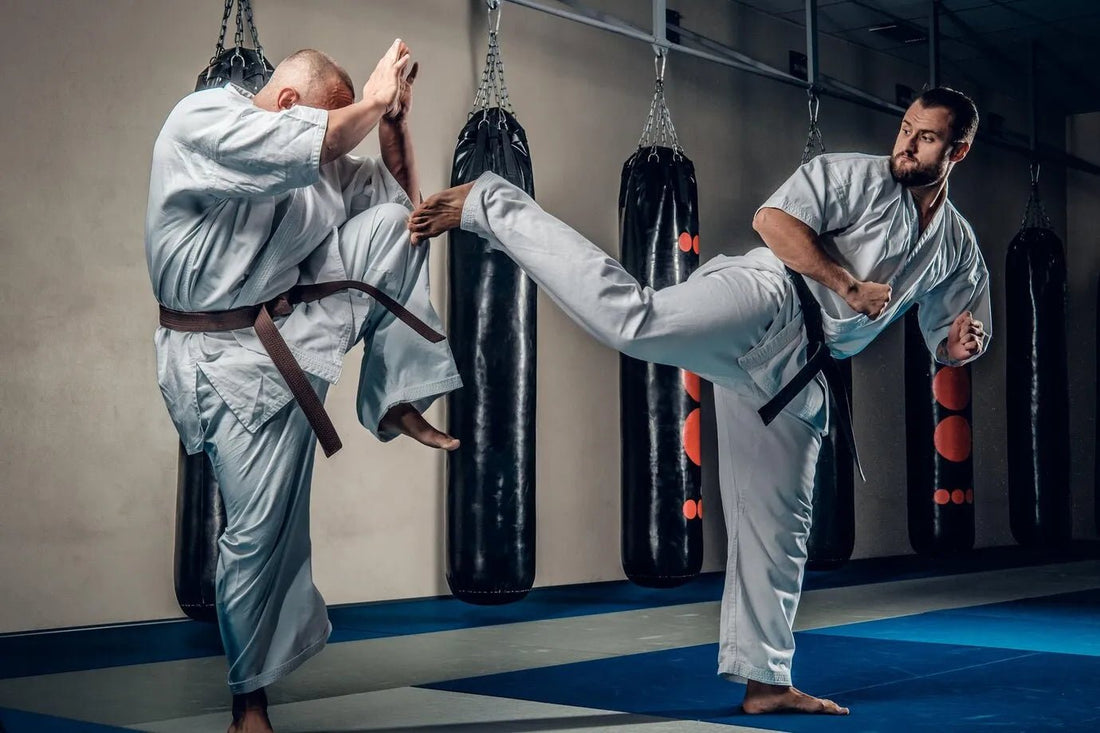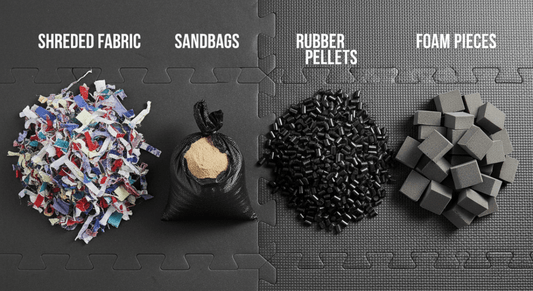
The Best Grappling Dummy Drills for Beginners
Starting martial arts can feel a bit confusing, especially when you don’t have a training partner or you’re not sure how to begin. That’s where a grappling dummy can help. Think of it like a practice buddy that doesn’t move, talk, or get tired. It just sits there and lets you practice as much as you want.
In this blog, we’ll walk you through some very simple and helpful drills that you can do at home using a grappling dummy. These drills are easy enough for beginners and will help you build confidence, improve technique, and get comfortable with basic movements used in martial arts like Jiu-Jitsu, MMA, or wrestling.
Why Practice with a Grappling Dummy?
Let’s keep it real: practicing on a human partner is best, but we don’t always have that option. Life gets busy, gyms might be far, or maybe you’re just a little shy to start in public. That’s totally okay!

A grappling dummy gives you the chance to:
· Practice anytime you want, day or night.
· Learn the movements slowly and safely.
· Build muscle memory by repeating moves.
· Get better without feeling pressure.
Whether you're trying martial arts for fun, fitness, or future competition this tool helps you take the first step.
How to Choose the Right Grappling Dummy
Not sure which dummy to buy? Here’s what to look for:
1: Durable Material: Your dummy should be made from strong fabric like synthetic leather or canvas so it lasts longer.
2: Proper Size: Don’t go too heavy or too light. Choose a dummy that is close to your height and weight.
3: Flexible Arms and Legs: Some dummies are stiff, while others are flexible. For beginners, a flexible one makes training much easier.
4: Sitting Position: A dummy that can sit up is great for ground drills and easy to work with.
The Best Beginner-Friendly Grappling Dummy Drills
Let’s now talk about 5 easy drills you can start with. Each one is explained in super simple terms.
1. Mount to Side Control Drill
What This Is:
This is a basic move where you sit on the dummy's chest (called “mount”) and then slide to its side (called “side control”).
How to Do It:
· Sit on the dummy’s belly.
· Place your hands on its shoulders.
· Slide one knee over its body.
· Move around until you're lying on its side with your chest on its upper body.
Why It Helps:
It teaches you how to move smoothly and stay on top of your opponent without falling off.
Image Guide:
Photo or sketch of a person starting on the mount position on a dummy, then sliding to side control.
2. Guard Passing Drill
What This Is:
This move helps you practice getting past your opponent’s legs when they’re on the ground.
How to Do It:
· Lay the dummy flat on its back.
· Stand near its feet.
· Step around or push the legs aside.
· Move to the side and place your chest on the dummy’s chest.
Why It Helps:
It teaches control and helps you understand how to move without getting caught by the legs.
Image Guide:
Photo showing a person standing over the dummy’s legs, then stepping around them.
3. Ground and Pound Drill
What This Is:
This is mostly for MMA training. You pretend to hit your opponent while staying on top.
How to Do It:
· Sit on top of the dummy (like mount or side control).
· Make a punching motion with your hands.
· Practice staying balanced while “punching.”
Why It Helps:
It builds confidence, balance, and helps you get used to staying in control during action.
Image Guide:
A person in mount position pretending to punch the dummy with one hand while holding balance with the other.
4. Armbar from Guard Drill
What This Is:
This is a submission move. You pretend to lock your opponent’s arm and make them give up.
How to Do It:
· Lie on your back and put the dummy between your legs.
· Hold one arm of the dummy.
· Swing your leg over the dummy’s head.
· Squeeze your legs and push your hips up.
Why It Helps:
This drill helps you learn control and understand how to do a basic submission move safely.
Image Guide:
A person lying on the back with one leg over the dummy’s head and holding the arm tight.
5. Sprawl Drill
What This Is:
A “sprawl” is how you stop someone from grabbing your legs and taking you down.
How to Do It:
· Stand in front of the dummy.
· Drop your hips and push your legs back quickly.
· Put your chest on the dummy and push down with your hands.
Why It Helps:
It teaches fast reactions and helps you defend yourself from takedowns.
Image Guide:
A person jumping their legs back and pressing their chest onto the dummy.
Tips to Make Your Training Better
· Always warm up before starting, even just for 5 minutes.
· Don’t rush slow practice helps your brain remember better.
· Train in a safe space, like a mat or soft carpet.
· Record yourself sometimes to see how you move.
· Repeat each drill 10 to 15 times to get used to it.
Things Beginners Should Avoid
· Don’t go too fast. Speed comes later focus on getting it right first.
· Don’t skip steps. Always follow the full movement.
· Don’t use a dummy that’s too big for you.
· Don’t train too long at once. Keep sessions short and regular.
Final Thoughts
Training with a grappling dummy is like learning to ride a bicycle with training wheels. It helps you practice without the pressure of a real opponent. And guess what? You can go at your own pace, make mistakes, and improve quietly at home.
These simple drills are your starting point. As you keep training, you’ll feel more confident and readier for real-life training at the gym. The most important thing is to just start. You’ll thank yourself later.
Frequently Asked Questions (FAQ)
Q1: Can I get better at martial arts just using a dummy?
Yes! For beginners, a dummy helps you build technique, timing, and confidence. Later, you can move to live training.
Q2: How many times a week should I practice?
3 to 4 times a week for about 20–30 minutes is perfect for beginners.
Q3: Is a grappling dummy only for Jiu-Jitsu?
No. It’s great for Jiu-Jitsu, MMA, wrestling, and even self-defense practice.
Q4: Do I need a special mat or surface?
Training on a mat or soft carpet is best to avoid hurting your knees or elbows.









